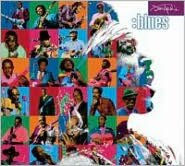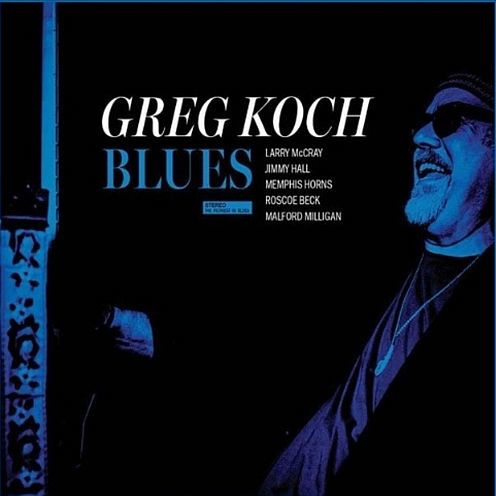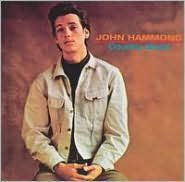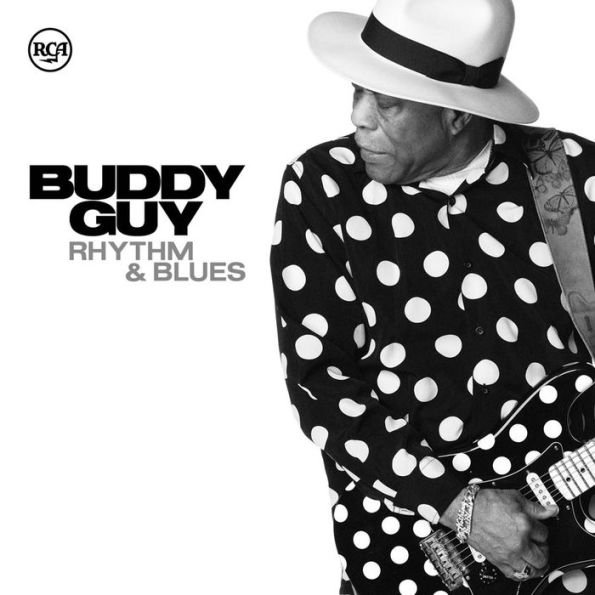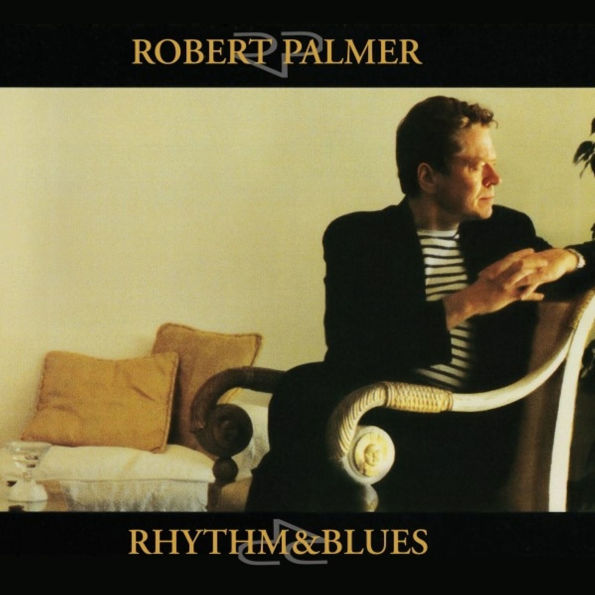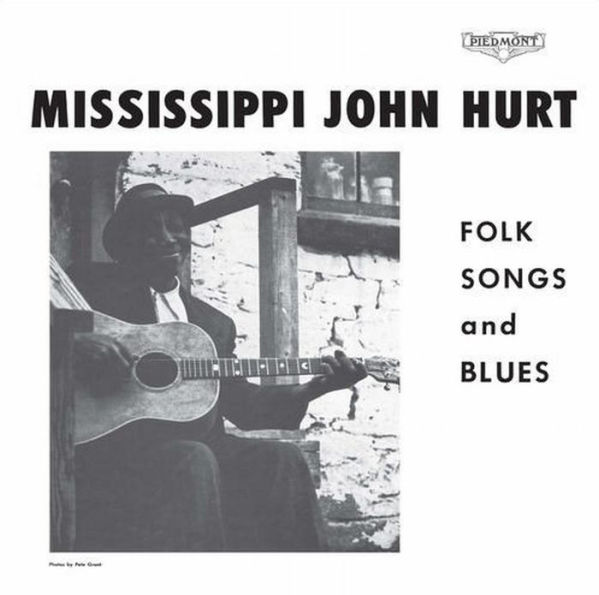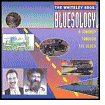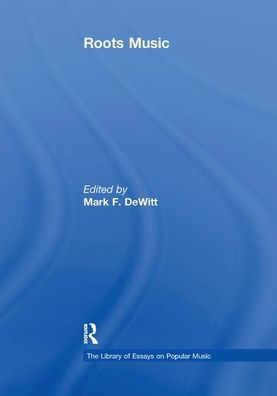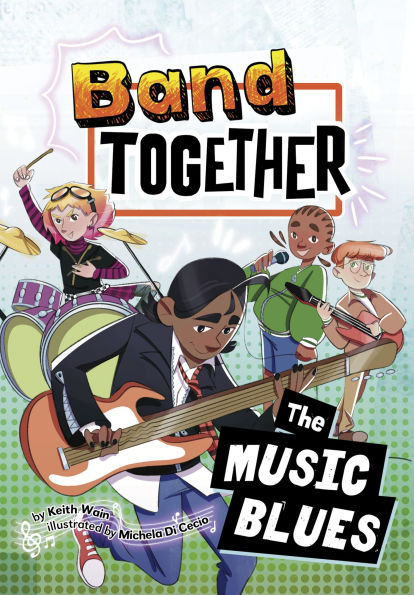Home
Blues & Roots
Barnes and Noble
Loading Inventory...
Blues & Roots in Bloomington, MN
Current price: $12.99


Blues & Roots in Bloomington, MN
Current price: $12.99
Loading Inventory...
Size: CD
In response to critical carping that his ambitious, evocative music somehow didn't swing enough,
Charles Mingus
returned to the earthiest and earliest sources of black musical expression, namely the
blues
,
gospel
, and old-time
New Orleans jazz
. The resulting LP,
Blues and Roots
, isn't quite as wildly eclectic as usual, but it ranks as arguably
Mingus
' most joyously swinging outing. Working with simple forms,
boosts the complexity of the music by assembling a nine-piece outfit and arranging multiple lines to be played simultaneously -- somewhat akin to the
Dixieland
ensembles of old, but with an acutely modern flavor. Anyone who had heard
"Haitian Fight Song"
shouldn't have been surprised that such an album was well within
' range, but
jazz
's self-appointed guardians have long greeted innovation with reactionary distaste. After
, there could be no question of
' firm grounding in the basics, nor of his deeply felt affinity with them. Whether the music is explicitly
-based -- like the groundbreaking classic
"Wednesday Night Prayer Meeting"
-- or not, the whole album is performed with a churchy fervor that rips through both the exuberant swingers and the aching, mournful slow
. Still, it's the
that most prominently inform the feeling of the album, aside from the aforementioned
and the
Jelly Roll Morton
tribute
"My Jelly Roll Soul."
The recording session was reportedly very disorganized, but perhaps that actually helped give the performances the proper feel, since they wound up so loose and free-swinging. With a lineup including
John Handy
and
Jackie McLean
on alto,
Booker Ervin
on tenor, frequent anchor
Pepper Adams
on baritone, and
Jimmy Knepper
Willie Dennis
on trombones, among others,
isn't hurting for fiery soloists, and they help make the album perhaps the most soulful in
' discography. ~ Steve Huey
Charles Mingus
returned to the earthiest and earliest sources of black musical expression, namely the
blues
,
gospel
, and old-time
New Orleans jazz
. The resulting LP,
Blues and Roots
, isn't quite as wildly eclectic as usual, but it ranks as arguably
Mingus
' most joyously swinging outing. Working with simple forms,
boosts the complexity of the music by assembling a nine-piece outfit and arranging multiple lines to be played simultaneously -- somewhat akin to the
Dixieland
ensembles of old, but with an acutely modern flavor. Anyone who had heard
"Haitian Fight Song"
shouldn't have been surprised that such an album was well within
' range, but
jazz
's self-appointed guardians have long greeted innovation with reactionary distaste. After
, there could be no question of
' firm grounding in the basics, nor of his deeply felt affinity with them. Whether the music is explicitly
-based -- like the groundbreaking classic
"Wednesday Night Prayer Meeting"
-- or not, the whole album is performed with a churchy fervor that rips through both the exuberant swingers and the aching, mournful slow
. Still, it's the
that most prominently inform the feeling of the album, aside from the aforementioned
and the
Jelly Roll Morton
tribute
"My Jelly Roll Soul."
The recording session was reportedly very disorganized, but perhaps that actually helped give the performances the proper feel, since they wound up so loose and free-swinging. With a lineup including
John Handy
and
Jackie McLean
on alto,
Booker Ervin
on tenor, frequent anchor
Pepper Adams
on baritone, and
Jimmy Knepper
Willie Dennis
on trombones, among others,
isn't hurting for fiery soloists, and they help make the album perhaps the most soulful in
' discography. ~ Steve Huey
In response to critical carping that his ambitious, evocative music somehow didn't swing enough,
Charles Mingus
returned to the earthiest and earliest sources of black musical expression, namely the
blues
,
gospel
, and old-time
New Orleans jazz
. The resulting LP,
Blues and Roots
, isn't quite as wildly eclectic as usual, but it ranks as arguably
Mingus
' most joyously swinging outing. Working with simple forms,
boosts the complexity of the music by assembling a nine-piece outfit and arranging multiple lines to be played simultaneously -- somewhat akin to the
Dixieland
ensembles of old, but with an acutely modern flavor. Anyone who had heard
"Haitian Fight Song"
shouldn't have been surprised that such an album was well within
' range, but
jazz
's self-appointed guardians have long greeted innovation with reactionary distaste. After
, there could be no question of
' firm grounding in the basics, nor of his deeply felt affinity with them. Whether the music is explicitly
-based -- like the groundbreaking classic
"Wednesday Night Prayer Meeting"
-- or not, the whole album is performed with a churchy fervor that rips through both the exuberant swingers and the aching, mournful slow
. Still, it's the
that most prominently inform the feeling of the album, aside from the aforementioned
and the
Jelly Roll Morton
tribute
"My Jelly Roll Soul."
The recording session was reportedly very disorganized, but perhaps that actually helped give the performances the proper feel, since they wound up so loose and free-swinging. With a lineup including
John Handy
and
Jackie McLean
on alto,
Booker Ervin
on tenor, frequent anchor
Pepper Adams
on baritone, and
Jimmy Knepper
Willie Dennis
on trombones, among others,
isn't hurting for fiery soloists, and they help make the album perhaps the most soulful in
' discography. ~ Steve Huey
Charles Mingus
returned to the earthiest and earliest sources of black musical expression, namely the
blues
,
gospel
, and old-time
New Orleans jazz
. The resulting LP,
Blues and Roots
, isn't quite as wildly eclectic as usual, but it ranks as arguably
Mingus
' most joyously swinging outing. Working with simple forms,
boosts the complexity of the music by assembling a nine-piece outfit and arranging multiple lines to be played simultaneously -- somewhat akin to the
Dixieland
ensembles of old, but with an acutely modern flavor. Anyone who had heard
"Haitian Fight Song"
shouldn't have been surprised that such an album was well within
' range, but
jazz
's self-appointed guardians have long greeted innovation with reactionary distaste. After
, there could be no question of
' firm grounding in the basics, nor of his deeply felt affinity with them. Whether the music is explicitly
-based -- like the groundbreaking classic
"Wednesday Night Prayer Meeting"
-- or not, the whole album is performed with a churchy fervor that rips through both the exuberant swingers and the aching, mournful slow
. Still, it's the
that most prominently inform the feeling of the album, aside from the aforementioned
and the
Jelly Roll Morton
tribute
"My Jelly Roll Soul."
The recording session was reportedly very disorganized, but perhaps that actually helped give the performances the proper feel, since they wound up so loose and free-swinging. With a lineup including
John Handy
and
Jackie McLean
on alto,
Booker Ervin
on tenor, frequent anchor
Pepper Adams
on baritone, and
Jimmy Knepper
Willie Dennis
on trombones, among others,
isn't hurting for fiery soloists, and they help make the album perhaps the most soulful in
' discography. ~ Steve Huey

